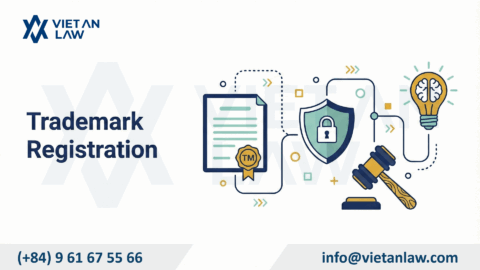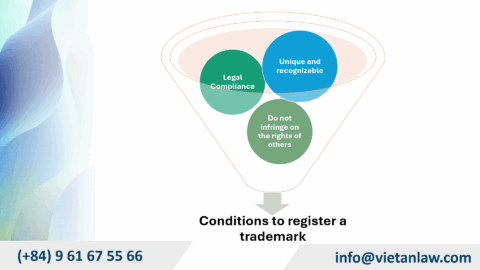Trademarks are one of the objects of industrial property rights that help connect businesses and individuals, production organizations, and service providers with products on the market. Does a protected trademark only cover visible things or does it also include sounds? If so, what are the conditions for protecting a sound trademark in Vietnam? In the article below, Viet An Law will answer these questions based on the newly updated Intellectual Property Law in 2022.
A trademark is an industrial property object, in which a sound trademark helps attract and attract users not only through sight but also through hearing to increase the strength of product recognition between customers and products and services on the market.
According to the Law Committee on Trademarks, Designs and Geographical Indications (SCT) of the World Intellectual Property Organization (WIPO), at the 2006 conference, document SCT 16-2 on types of trademarks was issued. new, according to which the sound trademark is understood as: “Sound can be music and not music. Musical sounds can be created intentionally or taken from existing tracks. Non-musical sounds can also be created or simply recreate sounds found in nature .”
Some famous sound trademarks in the world:
Clause 1, Article 72 of the Intellectual Property Law 2005, amended and supplemented in 2022, stipulates that sound trademarks are “ … sound signatures expressed graphically ”.
This is a new regulation added with the introduction of the revised Intellectual Property Law in 2022.
To be protected as a sound trademark, the following conditions must be satisfy:
General conditions are specified in Clause 1, Article 72 of the Intellectual Property Law:
The graphic form below can be the shape of musical staff representing musical notes and sound waves (sonogram). Attached is a detailed written description of this sound clip.
For example, the pronunciation of the sound mark is the phrase “hello hello kugou”, using a four-four rhythm (each musical part consists of four beats, and each beat is a note) in the key of Sol. The trademark consists of two parts, the first part is music with sound combinations, and the second part is only music.
The average consumer should consider that sound signal as a sign to Identify the origin of the product. It is necessary to compare that sign with previous signs to see if the two signs are identical or similar enough to cause confusion with each other.
Cases that are not protected are specified in Article 73 of the 2005 Intellectual Property Law, amended and supplemented in 2022. For example, provisions in Clause 1, Article 73 of the 2005 Intellectual Property Law, as amended and supplemented in 2022: “Signs that are identical or confusingly similar to the National Flag, National Emblem, National Anthem of the Socialist Republic of Vietnam and of other countries and international anthems” will not be protected under sound trademark.
According to the provisions of Article 105.2 of the Intellectual Property Law 2005 (as amended and supplemented by Clause 34, Article 1 of Intellectual Property Law 2022):
Thus, the trademark registration application needs to satisfy the above contents, in which it is noted that the sound trademark sample must be an audio file and presented in graphic form.
Individuals and organizations can submit applications for sound trademark registration at the following competent authorities:
Pursuant to Circular 16/2016/TT-BKHCN, the sound trademark registration process will include the following steps:
Individuals and organizations can submit sound trademark registration applications directly or by mail to one of the above agencies. The registration application is received by the competent authority. When receiving the application, this agency checks the application documents and compares them with the list of documents stated in the declaration.
Check compliance with formalities for applications.
Every validly accepted application is published by the National Office of Intellectual Property in the Industrial Property Official Gazette. The applicant must pay the application publication fee.
Evaluate the possibility of protection of the subject stated in the application according to the protection conditions, and determine the corresponding scope of protection.
An application that is amended after a notice of intention to grant a certificate of protection falls under Article 16 of Decree 65/2023/ND-CP and must be re-evaluated.
02 months from the date of decision, after the applicant has paid the publication fee according to regulations. The National Office of Intellectual Property will publish in the Industrial Property Official Gazette the granting of protection titles.
Above are some of Viet An Law’s advice on conditions for protecting a sound trademark in Vietnam. If you have any questions, please contact us to receive the best support!




